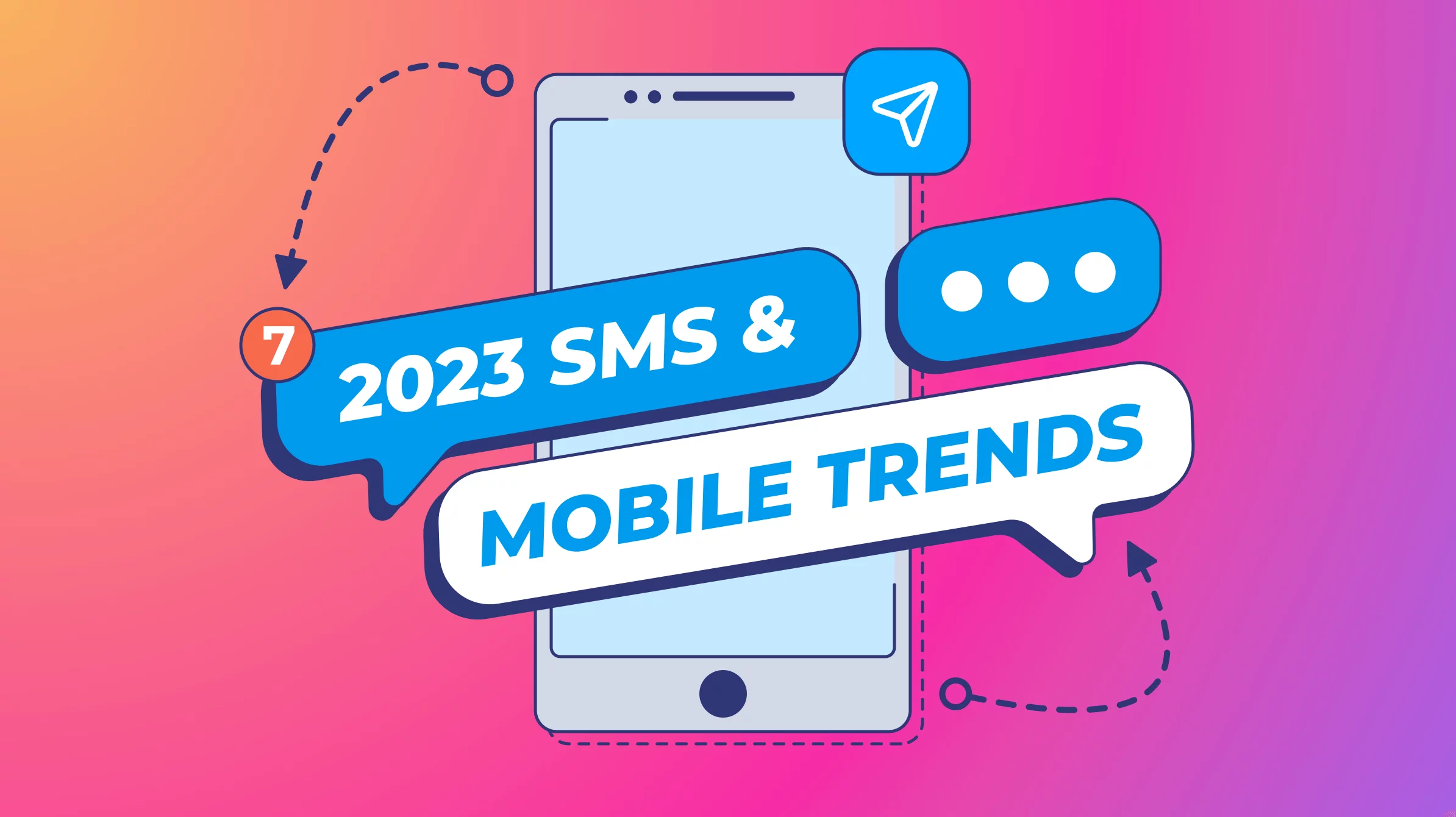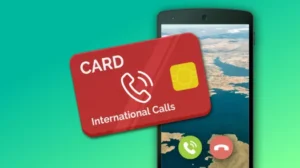Introduction
With the rise of Messaging Trends apps like WhatsApp, Facebook Messenger, and WeChat, chatting has become as popular as email. And it’s only going to become more prevalent as consumers expect brands to respond quickly by text or live chat. In this post I’ll cover five new trends you need to know about so that your brand gets ahead of the curve.
Adoption of chatbots for customer service
Chatbots are already being used for customer service, and they’re poised to be even more popular in the coming years. Why? Chatbots can provide quick, personalized and convenient customer service that’s often more efficient than humans (in fact, some say chatbots are 20-30% faster than humans).
Plus, chatbots can handle more complex queries than their human counterparts—they have access to all of the information on your device (such as your location or contact details), plus they can be programmed with advanced algorithms that allow them to learn from previous interactions with customers.
Multilingual support becomes pervasive
Multilingual support is becoming more and more common, but for a brand, providing multilingual support isn’t as simple as it seems.
If you want to provide your customers with a comprehensive experience that helps attract new audiences, you need to be ready to think outside the box.
Consumers expect to be able to message any brand via mobile
Consumers expect to be able to message any brand via mobile. Messaging is the most used app on mobile. The ability to message a company in real-time and receive a quick response, as well as the ability for brands to provide a personalized experience, are becoming table stakes for consumers.
Brands will get more creative with messaging ad formats
In the coming years, messaging platforms will continue to experiment with new ad formats and features that help brands get creative.
In 2020 and 2021, we saw chatbots become more common in messaging apps as a way for users to interact with brands. By 2022, brands will begin using rich media ads like video and AR/VR in messaging apps. In 2023, mobile companies will start rolling out location-based messaging services such as geofilters on top of existing group chats or live video feeds so users can share their location with friends or family members at any given time.
Messaging becomes part of how we buy things, not just how we communicate
Messaging will be the new customer service channel.
When customers have a problem and they need to get in touch with a company, they’ll reach out via messaging to do so. This means that your business needs to be able to support those conversations in order for them to be successful.
Messaging will also become the new marketing channel.
Marketing messages like offers or promotions can now be sent directly through messaging apps like WhatsApp or WeChat instead of email campaigns, which makes it easier for businesses to target specific groups of people with their messages rather than just blast everyone who has opted-in on their website or app with promotional emails that may not interest everyone equally (or at all).
Messages also allow businesses more flexibility when sending targeted messages based on what happened during previous interactions — if someone purchased something from you before but hasn’t purchased anything in a while (and thus probably won’t turn into repeat business), then you might want to send them an offer about something different than before since your product offerings have likely changed since then too!
Messaging is only going to become a bigger part of our lives.
It’s obvious that messaging is a big deal. It’s the most popular app category and it’s used by more than 80% of users.
The growth of messaging apps has been so impressive that it’s even caught the attention of the White House, which recently announced plans for an executive order requiring federal agencies to prioritize communications in private, secure m
essaging apps like Signal and WhatsApp over phone calls.
In addition to being popular with policymakers, this trend is also sweeping across generations—people from Gen Z to baby boomers are using messaging apps every day.
Conclusion
Messaging is changing the way we interact with each other. It’s becoming more than just a way to send messages—it’s becoming an integral part of our lives.
The messaging apps on your phone already have features like voice and video calling, stickers and GIFs, group chats, location sharing and more.
And they’re only getting better. In fact, messaging is so important that we expect brands to respond to us via chat as well! As messaging continues to evolve at an exponential rate, it will be interesting to see what new trends arise over this next year or so.



